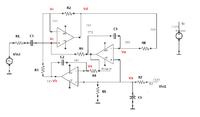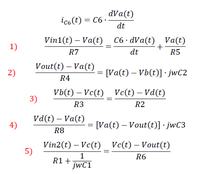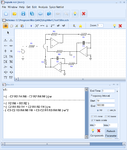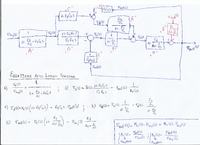wherati
Newbie level 5

I am having a hard time understanding the operation of this bandpass filter - i.e. the qualitative operation of the feedback which would allow me to determine what sets F0, Q and gain. I think the two lower opamps operate as integrators centered around Vcc/2, but the rest of the loop has me kind of baffled.





